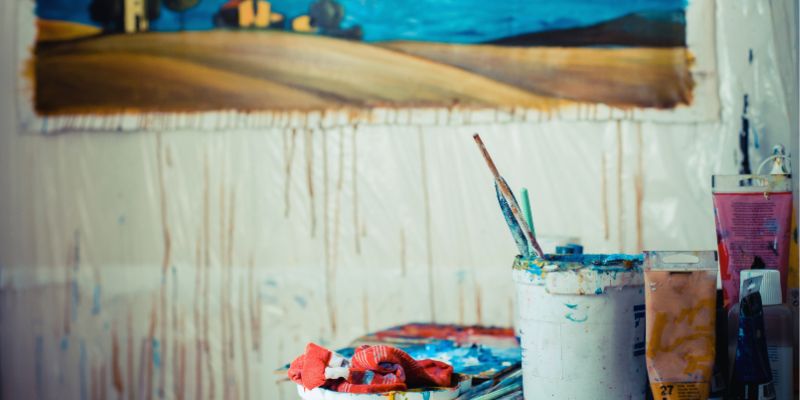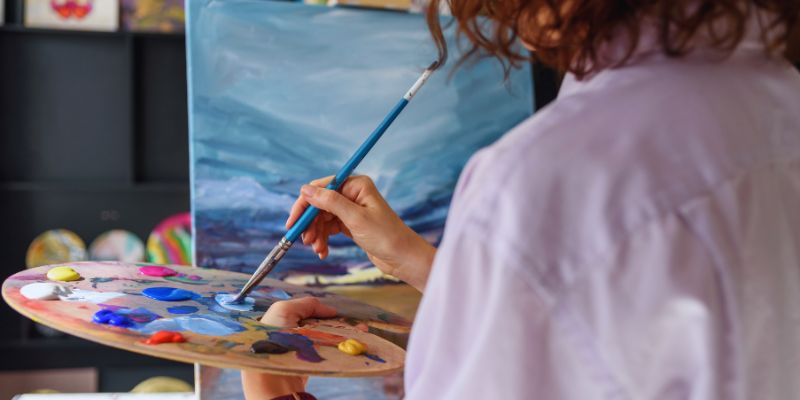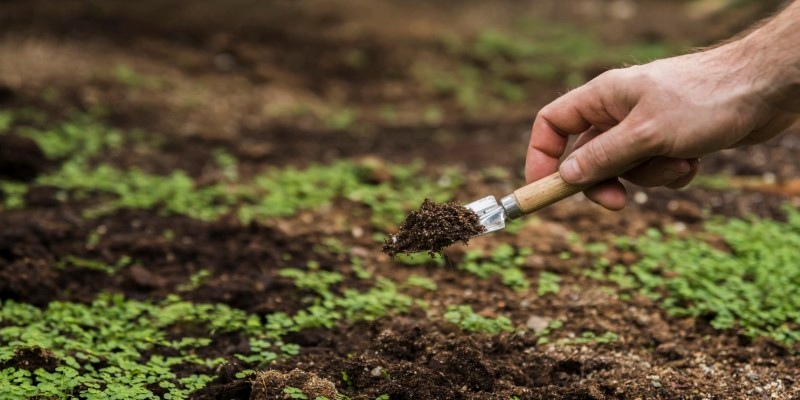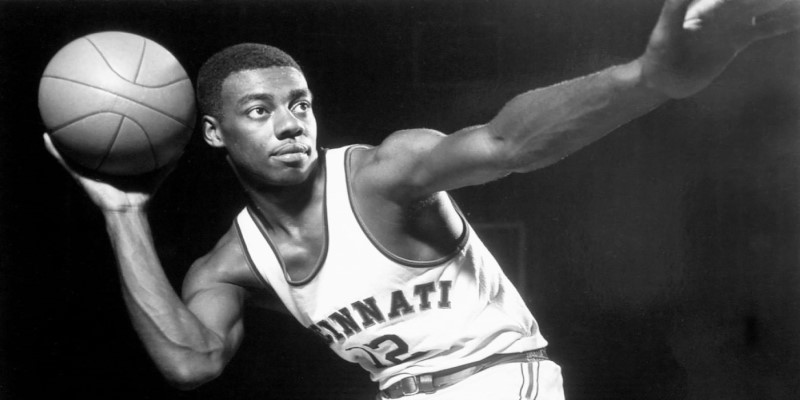Austria boasts a rich and vivid past in art. Masterworks produced by Austrian painters have shaped world art. Their paintings capture particular emotions, techniques, and cultural identities. These artists helped define Austria's creative legacy from the Renaissance to contemporary movements. This article introduces the 20 most well-known Austrian artists.
Every artist added something unique to the art scene. They investigated realism, expressionism, symbolism, and abstract painting. Millions of people now find inspiration in their works. Find out how these gifted artists changed history. Austrian art combines invention, legacy, and originality. These artists captured Austria's dreams, beauty, and hardships. Explore the amazing trip Austrian art takes with the most eminent artists.

Below are the 20 most famous Austrian painters, each contributing uniquely to art through distinct styles and creative expressions.
The leading player in the Vienna Secession movement was Gustav Klimt. Often including gold leaf, his beautiful and symbolic artwork is recognized. With finely detailed tenderness and passion, his masterwork 'The Kiss' captures one of Austria's most famous artists.
Egon Schiele transformed expressionist technique with his strong, unvarnished, emotive works. Renowned for his startling self-portraits and figurative paintings, Schiele portrayed human fragility with exaggerated forms and strong colors.
Austrian expressionist painter and playwright Oskar Kokoschka was rather influential. His paintings are renowned for their vivid brushwork and emotional force. He often delved deeply into his subjects' psychological situations.
Popular realist painter Ferdinand Georg Waldmüller lived in the 19th century. He remarkably precisely caught rural life and surroundings. His command of light and detail gave life to Austria's landscapes and daily settings.
Emphasizing the link between the physical body and emotions, Maria Lassnig invented "body-awareness" art. Her abstract self-portraits probe personal vulnerability and identity. Lassnig's fresh approach to capturing the human experience has earned her praise worldwide.
Albin Egger-Lienz boldly simplified the challenges of rural and working-class existence. His paintings often include soldiers and farmers in massive compositions. Egger-Lienz's distinctive approach deeply examines human resiliency and suffering, combining realism with expressionist ideas.
Franz Sedlacek produced dreamlike, enigmatic paintings combining fantasy with reality. Often featuring weird characters, haunting settings, and a feeling of calm discomfort, his paintings Influenced surrealist movements worldwide.

Hans Makart was the master of large-scale, ornamental paintings. He presented historical, mythical, and allegorical subjects with grandeur and drama. Makart became well-known as a cultural icon of his day because his extravagant taste shaped Austrian interior design and fashion.
His audacious color uses distinguished, renowned portrait and landscape painter Anton Kolig. His expressionist technique captures the vitality and feelings of his subjects. His paintings reflect Kolig's creative attitude to modern Austrian art and honor human beauty and the environment.
Visionary modernist Max Weiler reflected the natural environment using abstraction. His paintings personally captured the core of landscapes and materials. A leading character in 20th-century Austrian art, Weiler's creative methods and original viewpoint confirmed this.
Koloman Moser mixed utility with aesthetics, was a key member of the Vienna Secession and was a multifarious artist. He produced stained glass, furniture, and paintings. Moser's designs have a lasting effect on fine and applied arts since they capture the junction of art and utility.
Renowned for his dark and bizarre paintings showing dreamlike, enigmatic realms, Alfred Kubin often explored existential concerns. His artwork reflected human anxieties through unsettling images. Early 20th-century surrealism was inspired by Kubin's distinctive approach, which also helped him become known as a master of fantasy painting.
Rudolf Hausner, a pioneer of Fantastic Realism, combined creative themes with realistic realism. His work sometimes explored human psychology, dreams, and mythology. Hausner's works are complex and provocative, reflecting his curiosity about the subconscious mind.
Renowned landscape painter Emil Jakob Schindler's works caught Austria's calm beauty. He created immersive environments of nature using light and ambiance. Schindler's art is distinguished by its understated grace and is considered the pillar of Austrian landscape painting.
Combining abstraction with expressionism, Herbert Boeckl produced fresh and vibrant work. His work often investigated existential and spiritual concerns. Boeckl's color and form experiments helped him become well-known in Austrian modernism, influencing the nation's creative identity.
Among Austrian female artists, Tina Blau was a pathfinder. Her Austrian settings are alive and vivid. Blau's works reflect her mastery of light and color and honor the beauty of nature. She is regarded as a forerunner for women working in the arts.
Member of the Vienna Secession, Carl Moll was a gifted painter of calm landscapes and interiors. His works often have subdued tones and straightforward compositions. Moll's paintings show a sophisticated simplicity that gracefully captures the core of his topics.
Richard Gerstl was an early Austrian expressionist notable for his experimental and emotive works. Raw intensity and strong brushwork abound in his self-portraits and landscapes. Even with his short career, Gerstl's inventive approach had a major impact on modern art.
Ernst Fuchs was the Co-founder of the Vienna School of Fantastic Realism. His complex paintings mixed religious and mythical subjects with surrealism. Fuchs's work deftly combined dreamlike images with realities, examining the subconscious psyche.
Renowned orientalist painter Ludwig Deutsch was well-known for his minute representations of Middle Eastern society. His works caught the richness of other traditions by using vivid colors and exact details. The artwork of Deutsch is still evidence of artistic accuracy and cultural variety.
Showcasing many styles, techniques, and cultural influences, Austrian painters have left a tremendous impression on the field of painting. From the complex gold leaf of Gustav Klimt to the emotional depth of Egon Schiele, these painters have molded world art history. Their creations leave an ongoing legacy reflecting the beauty, complexity, and problems of the human experience. Their masterpieces still inspire and teach artists and art enthusiasts now. The skill of these twenty eminent Austrian artists is still evidence of originality, inventiveness, and the ability to self-expression in all its manifestations.

By Christin Shatzman/Apr 28, 2025

By Triston Martin/Feb 11, 2024

By Triston Martin/Feb 11, 2024

By Eleanor/Nov 06, 2024

By Noah Jones/Nov 13, 2024

By Peter Evans/Mar 04, 2024

By Elva Flynn/May 13, 2025

By Alice Ellis/Mar 20, 2024

By Susan Kelly/Apr 13, 2024

By Eleanor/May 13, 2024

By Celia Shatzman/May 22, 2025

By Triston Martin/Apr 08, 2024